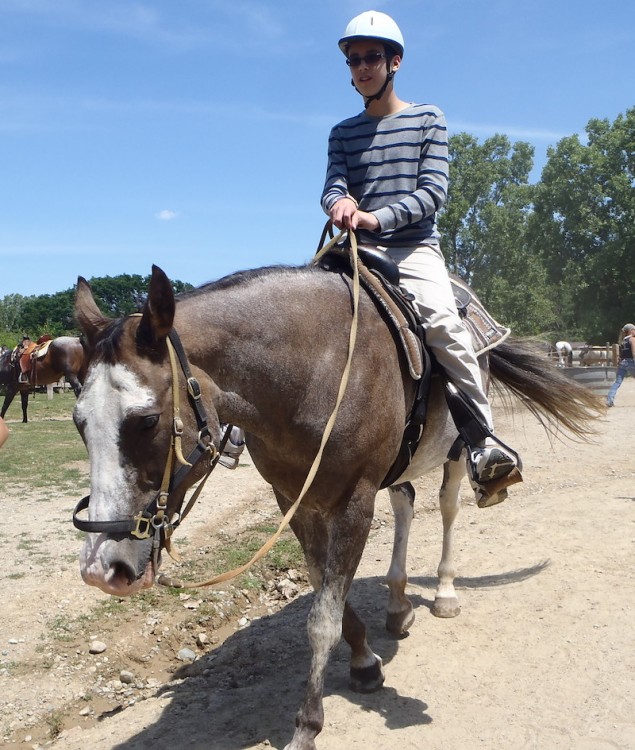“What’s a seizure, Mommy? How did I have a seizure?”
He doesn’t remember what happened, of course. Since he also has autism, he doesn’t ask just once or twice. The questions come all day long, week after week.
“When will I have another seizure?”
“Am I going to have another seizure now?”
“How many more seizures will I have?”
“What does epilepsy mean?”
“What happens when I have a seizure?”
“Why do we have to take a break now?
“What are you worried about, Mommy?”
“Are you afraid that I’m going to have another seizure now?”
Other relevant stories:
• What to Do When Someone Has a Seizure
• Can a Woman with Epilepsy Have a Baby
• Medications for Epilepsy
The truth is that the epilepsy diagnosis wasn’t a surprise. For ten years, I asked doctors about the staring episodes, the lack of short-term memory, the uncontrollable laughter, the unusual blinking and eye-rolling and the sudden falls from his bicycle. The EEGs revealed no seizure activity. I knew that untreated absence seizures in childhood can develop into grand mal seizures in puberty. I knew that 20 to 40 percent of people with an autism diagnosis also have epilepsy. But knowing is not the same as holding my convulsing child.
In the world of autism, we break down every task and concept into smaller parts, then model, teach and re-teach until it becomes habit. I use the same method to address my son’s questions. This is his story; he wants to understand. And so I explain it to him, one piece at a time.
“All people have electricity inside their brains. It’s what makes us alive. When the electricity stops, we die. Some people with autism, like you, have extra electricity in certain parts of their brains. When your body started changing from a boy into a man, the electricity grew, too.”
“When you were on the field trip at the park, the electricity became too much and it made you faint. You weren’t awake — that’s why you don’t remember. You threw up and you fell to the ground. Your body was stiff and shaking.”
 “What’s important to know is that you were with people who love you and knew how to take care of you. Mrs. B was with you when you fell. She made sure you did not hurt your head. A nurse was jogging by with her baby, and she stopped to help. An off-duty EMT saw you fall and came running over. Your history teacher found me at the picnic shelter, and soon I was with you, too. Mr. V saw you and wanted to help; Mr. L got to the hospital before the ambulance did, and he waited until he could see that you were OK. Father Joseph visited you in the hospital and gave you a blessing. You were surrounded by love the whole time.”
“What’s important to know is that you were with people who love you and knew how to take care of you. Mrs. B was with you when you fell. She made sure you did not hurt your head. A nurse was jogging by with her baby, and she stopped to help. An off-duty EMT saw you fall and came running over. Your history teacher found me at the picnic shelter, and soon I was with you, too. Mr. V saw you and wanted to help; Mr. L got to the hospital before the ambulance did, and he waited until he could see that you were OK. Father Joseph visited you in the hospital and gave you a blessing. You were surrounded by love the whole time.”
“During your other seizures, you were with Mom or Dad, and we took care of you the way Dr. F taught us. We will help you stay healthy and strong. Dr. F said you can swim if you have a life vest and stay with a grown-up. You can ride a horse or a bike if you wear a helmet and stay with a grown-up. You can climb if your harness is secured. We have to take breaks to make sure you do not become too tired. We don’t know when or if you will have more seizures. No one can see the future. When you cannot be strong, we will be strong for you.”
This is his story, and he gave me permission to share it with you.
Image via contributor

